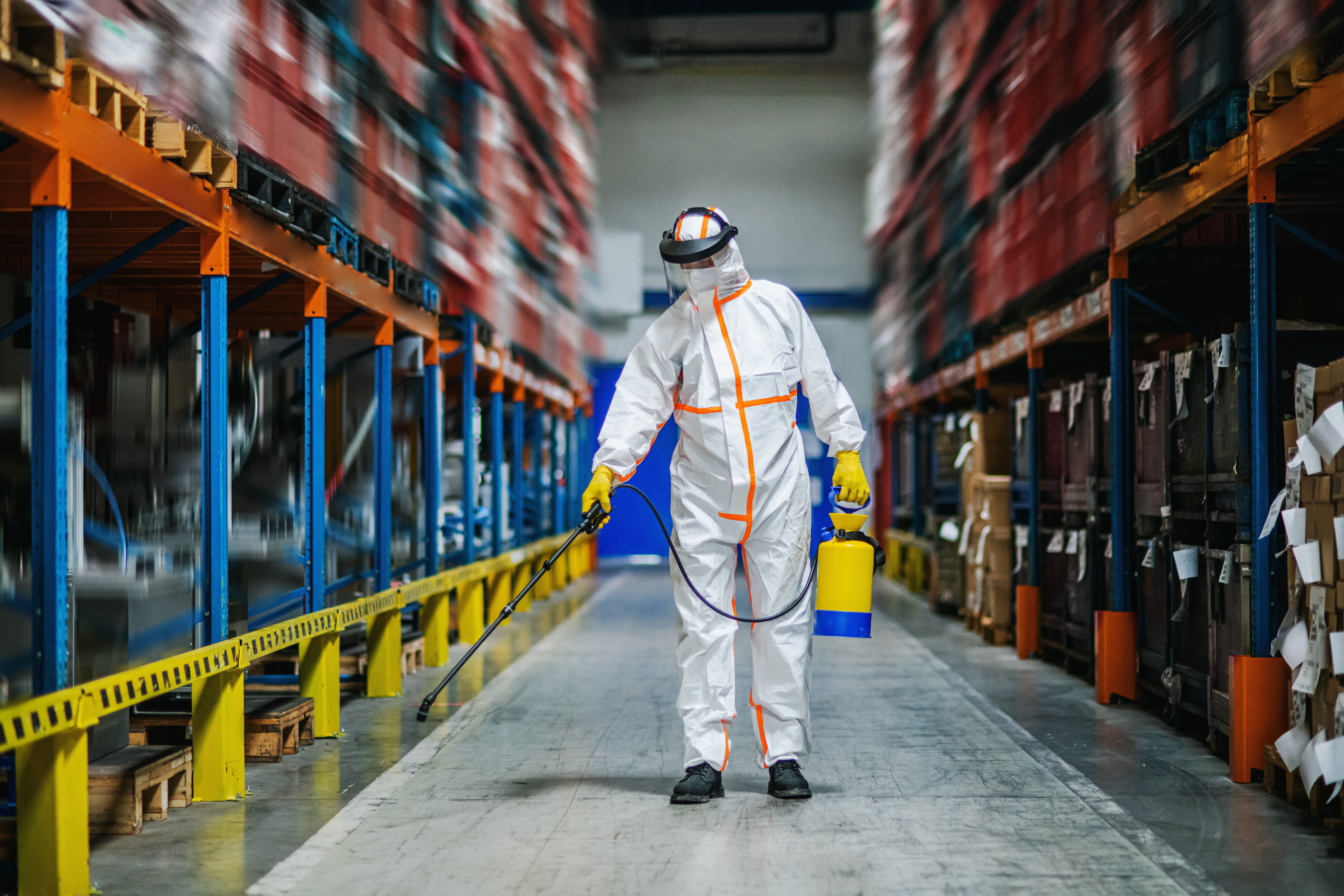Adding to preventative electrical maintenance
The unprecedented impact of COVID-19 has given perspective of possible dangers in our physical environment. Thus, cleaning of all surfaces in commercial locations and workplaces has become a necessity during electrical maintenance. Most importantly, ensuring staff remain safe and outgoing products completely free of transmitting the virus. Many manufacturing and food processing plants have been hard hit by the virus. Some have completely shut-down due to an outbreak in their facilities. Preventative maintenance now has a new item on the checklist. Disinfecting electrical equipment.
Of particular concern with COVID-19 is the period of time that the active virus may remain viable on surfaces. This can lead to an increased risk of transmission. As a result, additional measures are being employed to more assuredly disinfect these surfaces, some of which have typically only been employed by professionals in special installations. If not properly performed, cleaning and disinfection of electrical equipment may result in hazards or unsafe conditions with the equipment.
Disinfectant solutions
Disinfectant solutions and solvents can harm electrical equipment and components, causing severe damage that can result in outages and potential physical injuries. We specifically caution against the use of fogging and spraying disinfectant solutions on and around electrical equipment because this can create invasive electrical hazards. When cleaning and disinfecting electrical equipment and components, we recommend following the manufacturer’s instructions. While performing routine maintenance or operating the equipment, we recommend taking all possible steps to avoid contamination by following the Government of Canada’s recommendations on thorough hand washing and the use of personal protective equipment. We will take a look at the best practices to disinfect your electrical equipment.
Disinfecting electrical equipment
- Follow established safety precautions for working with electrical equipment, including de-energizing equipment when possible and wearing any specified personal protective equipment.
- Follow the original equipment manufacturer (OEM) instructions for specific cleaning protocols for equipment or consult the OEM for guidance if such instructions are not available.
- Consult available publications:
If a form of liquid or atomized solution is approved for use by the equipment manufacturer, carefully follow the instructions, using only the specified solution and applicator, taking all specified pre-application preparations e.g., closing openings before application on the de-energized electrical equipment. Allow the cleaning/disinfection solution to dry prior to reenergizing the equipment. Allow any surfaces that may be hot, to be cool prior to cleaning.
How not to disinfecting electrical equipment
- Do not spray liquids of any kind into electrical equipment, especially when energized.
- Do not immerse electrical equipment in liquids unless specifically permitted, as indicated by equipment markings or instructions of the original equipment manufacturer.
- Do not apply liquid or corrosive substances on to electrical equipment unless both the electrical equipment and substance to be applied are specifically approved for that use. Similarly, do not fog equipment with disinfectant unless specifically approved for that use. These media may cause electrical shock or arcing injury hazards. They may also result in degradation of components or materials in electrical equipment, leading to hazards immediately or over the equipment life.
- Do not direct ultraviolet (UV) radiation sources at electrical equipment surfaces unless specifically approved for the purpose, e.g., sunlight resistant (UV-A and UV-B only), and only when professionally applied following UV-safety operating safeguards. Even if the equipment may withstand the treatment, this process might expose the operator to a radiation hazard (erythema and optical injury) and shall be approved by a designated safety officer or industrial hygienist first. UV radiation also may degrade insulating or other materials used in equipment and produce hazards and should only be used where approved by the original equipment manufacturer.
- Do not place covering materials on or over surfaces or electrical equipment openings. Such materials may act as thermal insulation or barriers, causing electrical equipment to overheat.
- Do not remove or deface equipment markings by any cleaning or disinfection action.
Conclusion
A

